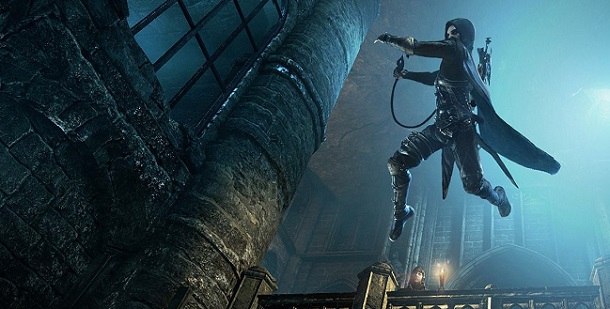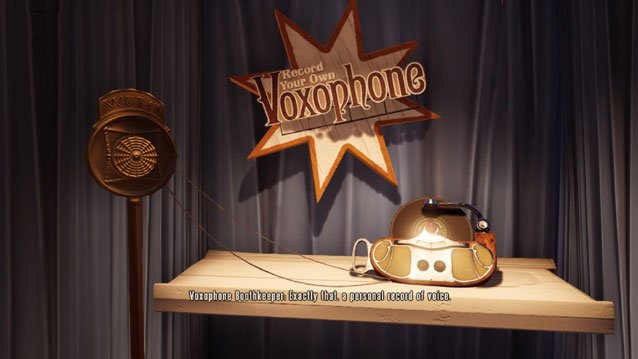

Civ’s militarist bent is clearly something that troubles Firaxis - Civ IV’s religion and culture are obvious attempts to fashion new ways to play, rather than using new tech merely as an adjunct to an arms race. With BtS, they’ve sought to address this and other issues that could be seen to mar the Civ IV experience - such as the weakness of sea and coastal power, and the relative stasis of late play compared to the discoveries and expansion of early play. How they’ve tried to do this is by tweaking some existing elements, like the tech tree, by adding new wonders and buildings, by totally revamping espionage, and by introducing a pseudo-religious corporate element. Oh, and by throwing in yet more military units - they just couldn’t resist.
Of all the new features, it’s the new wonders and buildings that do most to curb Civ IV’s militarist tendencies. Two world wonders make religion far more powerful from the Medieval to Renaissance eras. The first - the Apostolic Palace - acts much like the United Nations wonder, allowing votes on various issues, including ending wars, stopping trade and re-assigning cities to other civilizations. It also opens up the possibility of a diplomatic victory much earlier than previously. The second wonder is the Shwedagon Paya, which does for religious civics what the Pyramids do for governmental ones, namely make them all immediately available, which can give the civilization in question a serious advantage if used wisely.




 BioShock Infinite Interview With Drew Holmes: Part 2 - Columbia, Booker, and Elizabeth
BioShock Infinite Interview With Drew Holmes: Part 2 - Columbia, Booker, and Elizabeth Top 16 Best PC RPGs of All Time
Top 16 Best PC RPGs of All Time Deadlight Walkthrough
Deadlight Walkthrough Phils Story Corner: BioShock Infinites Overreliance on Audio Logs is Bad Storytelling
Phils Story Corner: BioShock Infinites Overreliance on Audio Logs is Bad Storytelling How to Turn Off or Turn On your PS4 System using Remote Play
How to Turn Off or Turn On your PS4 System using Remote Play